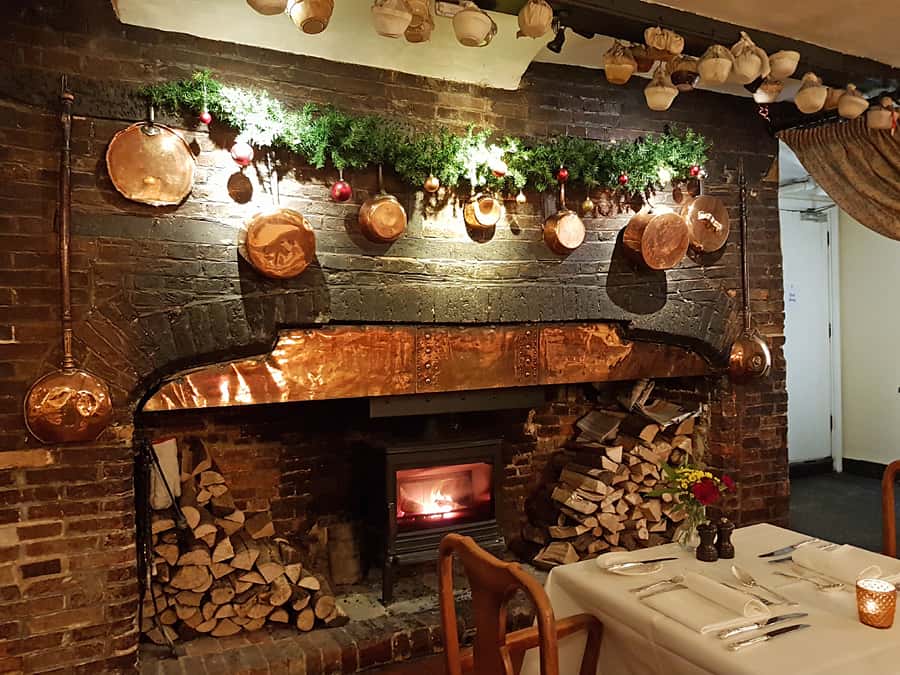
Stir-up Sunday, which takes place on 21st November this year, has been a tradition that was willed down to us by the Victorians. It first started with the book of Common Prayer, and the collect for the last Sunday before Advent, that ran: ‘Stir up we beseech thee, O Lord, the will of thy faithful people’. People think that it was King George I who first introduced the Christmas pudding to the British (from his native Germany), but it was certainly Prince Albert, another German and husband of Queen Victoria, who gave it a good push in the mid nineteenth century.
The idea was that, having been to church and done their duty to God, the family should gather together in the kitchen and prepare the Christmas pudding together. Every member of the family needed to be involved, and each one would stir from East to West (the way the wise men came), and it would involve thirteen ingredients, to represent Jesus and his twelve disciples. Once mixed, the cake would be steamed and then wrapped in a cloth, and hung somewhere from the ceiling to await the big day. All that had to be done then was a quick re-heat, and all was ready.

In culinary terms, opinion is split. The thirteen ingredients (three dried fruits, prunes, dates, brandy, candied peel, mixed spice, treacle, suet, eggs, breadcrumbs, and brown sugar) certainly make for a heavy old pudding after the excesses of the turkey. But it is absolutely right that the pudding would improve out of all measure if it was allowed to sit, having been steamed, for at least the four weeks until Christmas Day.

The idea of putting coins in the pudding on the day is to do with a pagan notion of maximising your chances of good luck; by the same token, you might put a thimble in, or even a ring if you are trying to attract romance. From this tradition, an equal habit has arisen of being a little careful about wolfing down large spoonful’s of pudding without chewing them first!
A sprig of holly (being very careful not to eat the poisonous berries!) brings the analogy back to Christ and his crown of thorns. We suspect that dowsing the whole thing in brandy and then lighting it is the invention of an enquiring mind that just wanted to end their Christmas lunch on a high, although flames in winter is also a powerful analogy of hope out of the darkness.
In our local town of Midhurst, the Spread Eagle Hotel hangs all its Christmas puddings (made on Stir-up Sunday) off the rafters in the restaurant all year, until they are ready to be eaten the preceding year. Those year-old puds are by no means the oldest ones there either. The Spread Eagle also have their own tradition; guests on Christmas Eve are each given a pudding and have the option to either take it home with them or leave it at the hotel to collect on a future visit. Which is how its Dining Room has ended up with many Christmas puddings dangling from its (very) old oak beams by the fireplace. The oldest current pudding hanging up there at the moment is from 1954!

Whatever the history around Christmas puds, we have carefully curated our christmas baking range to help you fly through the festive season.












